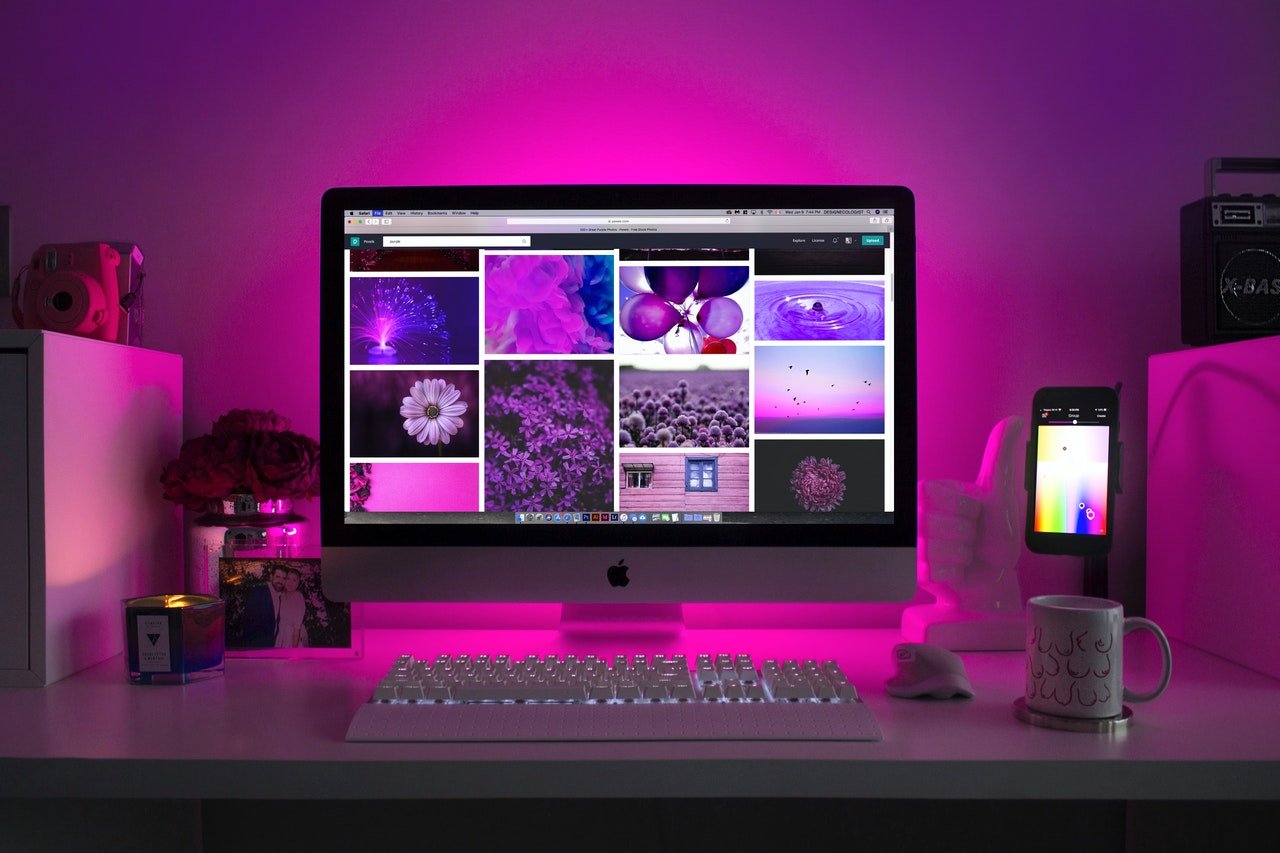Whether a graphic designer or an editor, a professional has to make sure the colors in images or videos are crisp and of high quality. For this, they use the finest monitors to ensure high-quality outcomes and stress-free operations. There are several different types of monitors available in the market, but one of the most common monitors for video and photo editing is those designed for color grading. These monitors support High Dynamic Range (HDR), which means even minor details of any given image are visible with these types of screens. There are many features and specifications that you need to keep in mind while investing. You can visit officeconsumer.com/best-monitor-for-color-grading/ to get assistance regarding buying a color grading monitor.
Table of Contents
Various Aspects To Consider When Buying A Monitor For Color Grading
1. Budget
While selecting a monitor for color grading and other features, it is crucial to think about the budget. A variety of monitors from various companies are available in the market, each with a different price tag. Though the cheapest monitor option would be an LCD monitor, the most expensive ones are those with OLED screens. For example, “LG HDR10, IPS-UHD 4K monitor costs around $500 only. It offers outstanding features like a 32″ display, an actual 10-bit panel, and a UHD 3840 x 2160 resolution.
2. Size of the monitor
While selecting the color-grading monitors, the choice of the screen size is mainly determined by the available space on your desk. Apart from that, it also depends on the viewing distance of the monitor. The most common sizes of monitors used for color grading are 19, 27, and 32 inches. Look for a large enough monitor for comfortable, and extended viewing like ultra-wide models for prolonged working hours. Only choose higher inches than 40 if you have enough space to accommodate it.
3. Resolution
The resolution of the screen display is essential as it defines the accuracy of the color grading. Additionally, editing and grading become easier on monitors with high resolution. With a 4k UHD display and 1080p resolution, you will be able to pick every detail at ease when editing. Also, you will get a specific color range.
4. IPS and O-LED panels
When thinking about a specific monitor for color grading, it is vital to choose a panel type. Generally, the most recommended types of monitor panels are IPS LCD and OLED monitors. The IPS (in-plane Switching) LCDs deliver a better viewing angle, vital for screen sharing when working on projects simultaneously with other global members. IPS panels support color spaces such as ADOBE RGB or DCI-P3. It means there is no hassle to convert images before editing. At the same time, OLED displays are highly recommended for brightness levels, high contrast ratios, actual black levels, and high levels in color grading.
5. HDR monitors
When ordering a color-grading monitor, be sure that it supports a high dynamic range. HDR monitors are undoubtedly expensive but are worth the cost. The purpose of the HDR technology in the monitor is to enhance and build up the colors, mood, and tone of the pictures or videos.
6. Color support
The monitors with a comprehensive color range technology such as ADOBE RGB, DCI-P3, and REC.2020 are perfect as they offer better-quality color details compared to older standards. The professional’s advice is to go for 10-bit color to heighten the dynamic range. Though the most frequently used are 8-bits that provide at least 256 shades of each dominant color (RED, BLUE, GREEN), these do not produce subtle gradations like skin tones.
7. Gamut and Gamma
The monitor that offers a wider gamut and more excellent gamma range is best for color grading. Wider gamuts such as Rec.2020, Adobe RGB, and DCI-P3 provide finer color detail than older ideals like sRGB / Rec.709. Choose the 10-bit color to make the most of dynamic range, mainly when working with log gamma footage
8. Brightness and the Black Level of the monitor
With the help of monitors that have deep blacks, you can highlight every detail in films, TV shows, and videos. The most acceptable monitor for color grading has high contrast ratios and low black levers to render a rich experience for a user when creating content.
9. Calibration
Monitor calibration is a vital step for any professional using it for any task. You can encounter problems like unclear color range if you did not calibrate the monitor, thus, impacting your productivity. Calibration can be done with in-built tools, dedicated software, or using an external probe.
READ ALSO : Moboplayer for PC
